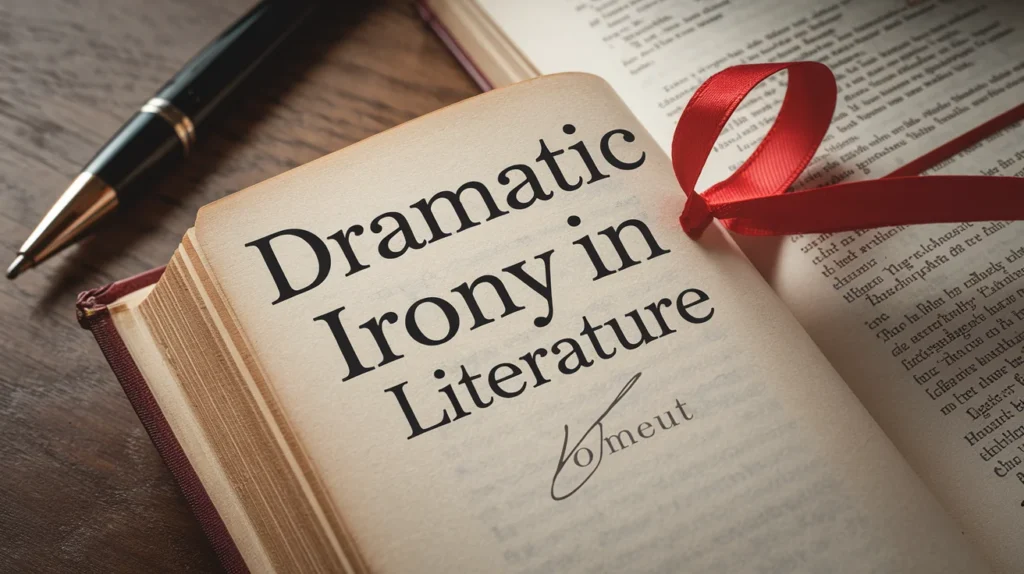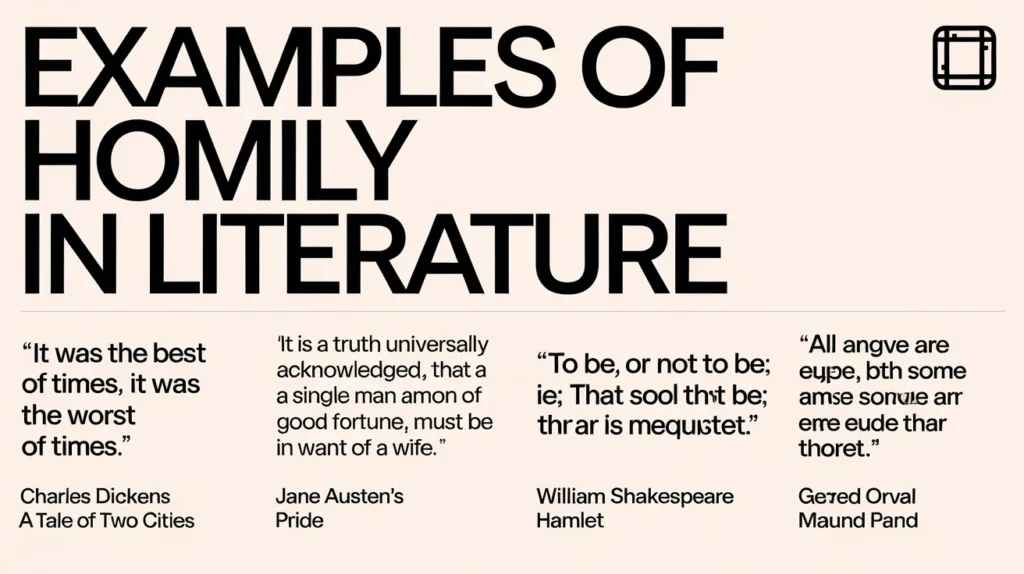Ever finished a book, movie, or piece of art and thought, “What was the artist really trying to say?” Or maybe you’ve disagreed with a popular opinion—like “The Great Gatsby is overrated” or “1984 is more relevant today than ever.” That’s critique at work.
A critique isn’t just criticism—it’s a detailed analysis that examines strengths, weaknesses, and deeper meanings. Whether you’re a student, writer, or just a curious reader, learning how to critique sharpens your thinking and helps you engage with media on a deeper level.
In this guide, we’ll break down:
✔ The real definition of critique (and how it’s different from criticism)
✔ Different types of critiques—from books and films to art and performances
✔ Step-by-step instructions on how to write a compelling critique
✔ Real-world examples from famous books and poems
✔ Common mistakes to avoid when analyzing a work
By the end, you’ll be able to dissect literature, films, and art like a pro—backing up your opinions with solid reasoning.
What Is a Critique? (And How Is It Different From Criticism?)
Many people use “critique” and “criticism” interchangeably, but they’re not the same.
- Critique = Objective analysis (examining what works, what doesn’t, and why)
- Criticism = Subjective judgment (often negative, without deep reasoning)
For example:
- Criticism: “I hated this book because it was boring.” (No explanation)
- Critique: “The pacing in this novel was slow, which weakened the emotional impact of the climax.” (Specific, evidence-based)
A good critique doesn’t just attack or praise—it explores, questions, and interprets.
Types of Critique (With Real-World Examples)
Critiques aren’t just for books—they apply to films, art, performances, and even food. Here’s a breakdown:
| Type of Critique | What It Analyzes | Example |
| Literary Critique | Themes, characters, writing style | “Why ‘To Kill a Mockingbird’ is a powerful critique of racism” |
| Film Critique | Cinematography, acting, plot structure | “How ‘Parasite’ critiques social inequality” |
| Art Critique | Technique, symbolism, composition | “The hidden meanings in Van Gogh’s ‘Starry Night'” |
| Performance Critique | Acting, staging, audience impact | “Why Hamilton’s casting redefines Broadway” |
| Restaurant Critique | Flavor, presentation, service | “Is this Michelin-starred restaurant worth the hype?” |
Case Study: A Literary Critique of “1984”
George Orwell’s 1984 isn’t just a dystopian novel—it’s a scathing critique of totalitarianism. Here’s how a professional critic might analyze it:
✔ Theme: Government surveillance and loss of freedom
✔ Symbolism: Big Brother = oppressive authority
✔ Weakness: Some argue the characters lack depth
✔ Relevance Today: Echoes modern privacy concerns
This kind of structured breakdown makes a critique valuable—not just an opinion, but a well-supported argument.
How to Write a Critique (Step-by-Step Guide)
Want to write a sharp, insightful critique? Follow these steps:
1. Engage With the Work Fully
- Read/watch/experience it without distractions.
- Take notes on key moments, themes, and reactions.
2. Identify Key Elements
Ask yourself:
- What’s the main message?
- How do characters, visuals, or language contribute?
- Are there symbols or hidden meanings?
3. Analyze Strengths & Weaknesses
- What worked well? (E.g., gripping plot, strong acting)
- What fell short? (E.g., weak ending, underdeveloped characters)
4. Support Your Points With Evidence
- Use quotes, scenes, or techniques to back claims.
- Example: “The abrupt ending of ‘The Sopranos’ left audiences divided—some called it bold, others frustrating.”
5. Keep It Balanced
- Even if you loved/hated it, acknowledge both sides.
- Example: “While the dialogue was witty, the pacing dragged in the second act.”
Critique Examples in Literature & Poetry
1. “Pride and Prejudice” (Jane Austen)
- Feminist Critique: Examines marriage as an economic transaction.
- Key Quote: “It is a truth universally acknowledged, that a single man in possession of a good fortune, must be in want of a wife.”
2. “Dulce et Decorum Est” (Wilfred Owen)
- Anti-War Critique: Exposes the horrors of WWI vs. patriotic propaganda.
- Powerful Line: “The old Lie: Dulce et decorum est / Pro patria mori.”
Final Thoughts
Critiquing isn’t about tearing something down—it’s about understanding it deeply. Whether you’re analyzing Shakespeare, Spielberg, or Starbucks, a strong critique helps you engage smarter with the world.
Now it’s your turn! Pick a book, film, or artwork and try writing a critique. What hidden meanings can you uncover?
FAQs About Critique in Literature
1. What’s the difference between a critique and a summary?
- A summary just retells the story. A critique analyzes its meaning and effectiveness.
2. Can a critique be positive?
- Absolutely! A critique can praise a work’s strengths while still being analytical.
3. Do I need to be an expert to write a critique?
- No! Anyone can critique—just back up your opinions with reasoning.


